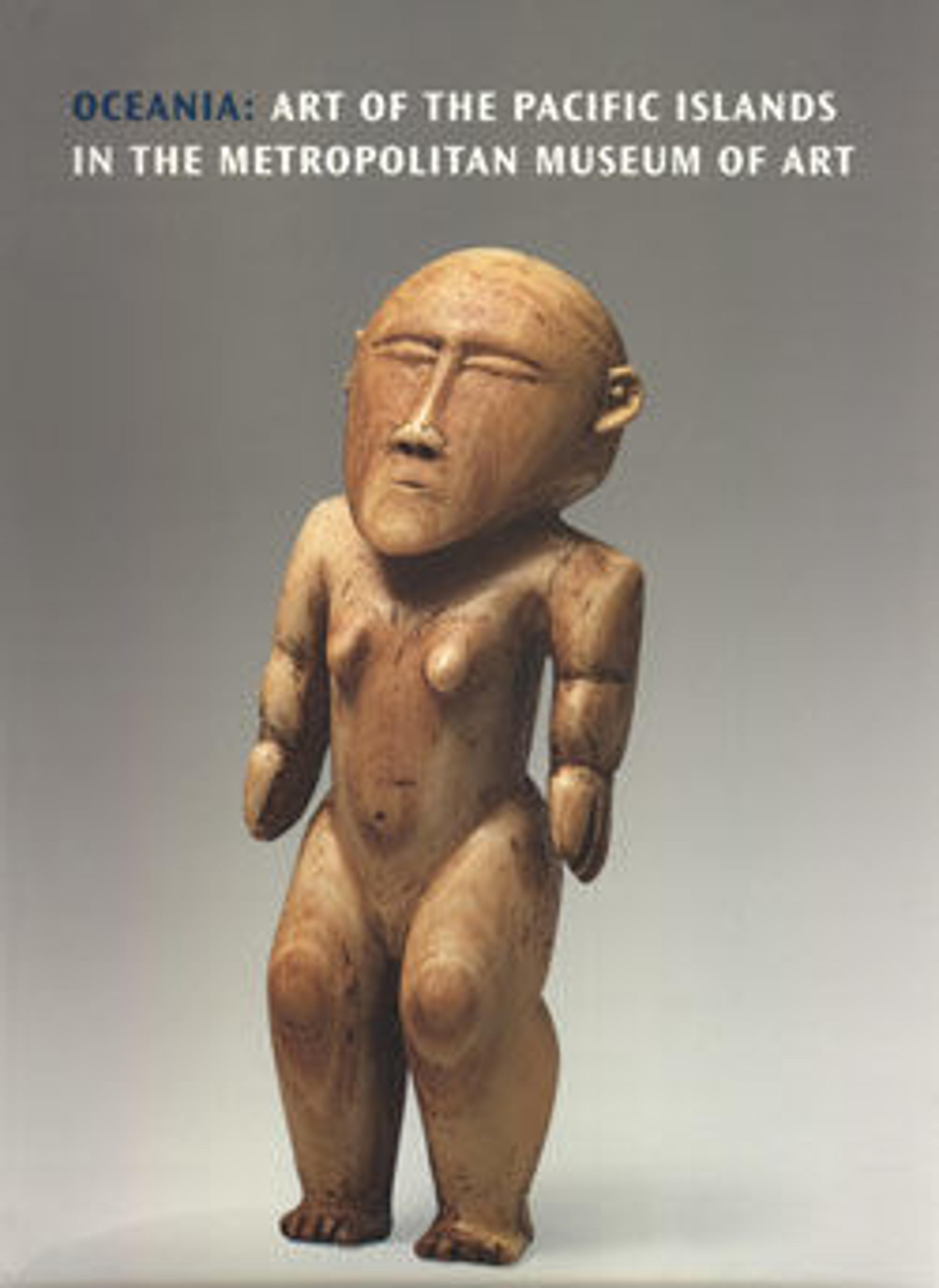Lidded Bowl (Kotue)
The distinctive form of the lidded Marquesan bowls known as kotue
suggests the body and tail of a bird adorned with a fully modeled human
head. Only about a dozen of these remarkable vessels are known. Versatile
as well as elegant, bird-shaped bowls were first described by European
explorers in the eighteenth century, and a number of different functions are
assigned to them in the historical sources. Fitted with removable lids to
protect their contents, kotue were used to store a variety of items including
popoi, a paste made from pounded breadfruit that is a staple of the
Marquesan diet. They were also used to safeguard ornaments and other
valuables as well as 'eka (turmeric), a precious yellow-orange powder used
to adorn the skin.
suggests the body and tail of a bird adorned with a fully modeled human
head. Only about a dozen of these remarkable vessels are known. Versatile
as well as elegant, bird-shaped bowls were first described by European
explorers in the eighteenth century, and a number of different functions are
assigned to them in the historical sources. Fitted with removable lids to
protect their contents, kotue were used to store a variety of items including
popoi, a paste made from pounded breadfruit that is a staple of the
Marquesan diet. They were also used to safeguard ornaments and other
valuables as well as 'eka (turmeric), a precious yellow-orange powder used
to adorn the skin.
Artwork Details
- Title:Lidded Bowl (Kotue)
- Date:late 18th–early 19th century
- Geography:Marquesas Islands
- Culture:Marquesan (Enata) people
- Medium:Wood
- Dimensions:H. 6 1/2 × W. 8 1/2 × L. 13 1/2 in. (16.5 × 21.6 × 34.3 cm)
- Classification:Wood-Containers
- Credit Line:Gift of Evelyn A. J. Hall, 1986
- Object Number:1986.476.4a, b
- Curatorial Department: The Michael C. Rockefeller Wing
More Artwork
Research Resources
The Met provides unparalleled resources for research and welcomes an international community of students and scholars. The Met's Open Access API is where creators and researchers can connect to the The Met collection. Open Access data and public domain images are available for unrestricted commercial and noncommercial use without permission or fee.
To request images under copyright and other restrictions, please use this Image Request form.
Feedback
We continue to research and examine historical and cultural context for objects in The Met collection. If you have comments or questions about this object record, please contact us using the form below. The Museum looks forward to receiving your comments.
